Top 10 Ancient Capitals of China
With thousands of years of continuous history, China boasts lots of ancient capitals. Each ancient capital has its own story and spirit. The ancient relics, the history and the modern glamorous of the cities are all worth discovering. Here is a list of the 10 ancient capitals in China for you to see and to feel.
1. Beijing 北京
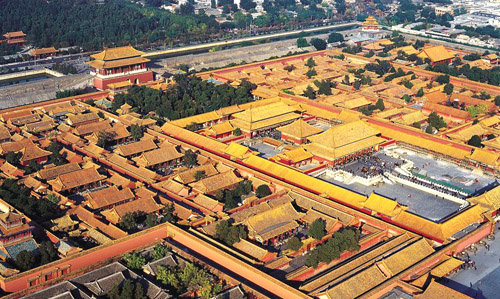 Beijing first became a capital of China in the 11th century. The later feudalistic dynasties of Yuan, Ming (Except for the beginning of the Ming Dynasty) and Qing, all designated Beijing their capital city. Nowadays, a lot of historical and cultural relics in Beijing have been well kept.
Beijing first became a capital of China in the 11th century. The later feudalistic dynasties of Yuan, Ming (Except for the beginning of the Ming Dynasty) and Qing, all designated Beijing their capital city. Nowadays, a lot of historical and cultural relics in Beijing have been well kept.
What to see: Hutong, Forbidden City, Temple of Heaven and Summer Palace
2. Nanjing 南京
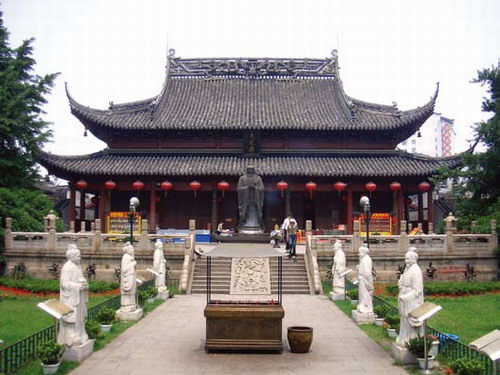 Becoming capital for the first time in 229 CE, during the Three Kingdoms Period, Nanjing had been the capital of Eastern Wu, Qi, Liang, Chen, the Eastern Jin Dynasty and the Song Dynasty. It is a national famous historical and cultural city.
Becoming capital for the first time in 229 CE, during the Three Kingdoms Period, Nanjing had been the capital of Eastern Wu, Qi, Liang, Chen, the Eastern Jin Dynasty and the Song Dynasty. It is a national famous historical and cultural city.
What to see: Qinhuai River, Confucian Temple, Ming Xiaoling Mausoleum, Nanjing City Wall, Sun Yatsen’s Mausoleum
3. Xi’an 西安
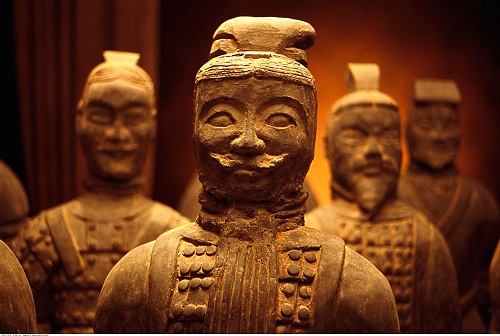 Xi’an, now the capital of Shaanxi Province, is one of the most ancient capitals in the world. The city was the capital of 13 dynasties from such as the Qing, Han, Sui and Tang Dynasties. It is an important birthplace of Chinese civilization and has rich well-preserved historical relics.
Xi’an, now the capital of Shaanxi Province, is one of the most ancient capitals in the world. The city was the capital of 13 dynasties from such as the Qing, Han, Sui and Tang Dynasties. It is an important birthplace of Chinese civilization and has rich well-preserved historical relics.
What to see: Terracotta Warriors and Horses, Ancient City Wall, Forest of Tablet Stones, Goose Pagoda
4. Luoyang 洛阳
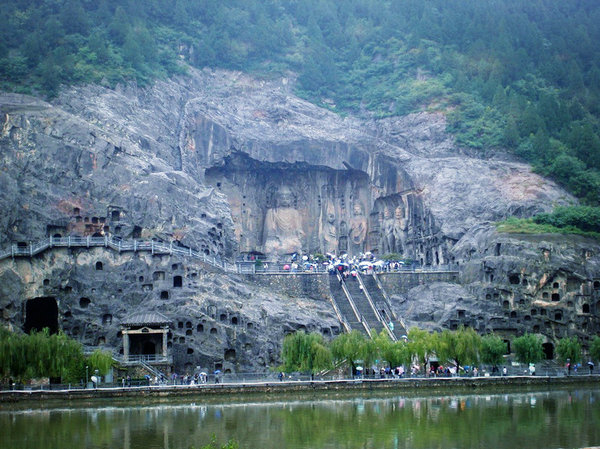 Luoyang, the central city of China, had served as the capital for 13 dynasties for more than 1500 years such as the Eastern Zhou, Eastern Han, and Northern Wei Dynasties. Luoyang was the city where the Taoism was originated, Confucianism was flourished and Buddhism was first passed in China.
Luoyang, the central city of China, had served as the capital for 13 dynasties for more than 1500 years such as the Eastern Zhou, Eastern Han, and Northern Wei Dynasties. Luoyang was the city where the Taoism was originated, Confucianism was flourished and Buddhism was first passed in China.
What to see: Longmen Grottoes, White Horse Temple
5. Hangzhou 杭州
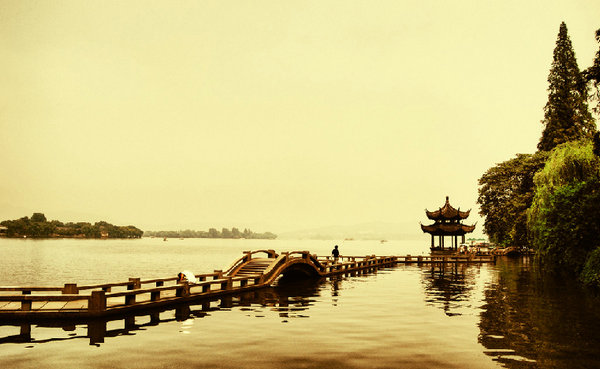 Hangzhou, today’s provincial capital of Zhejiang, was the capital of the Wuyue Kingdom (907-978) and the Southern Song Dynasty(1127-1279). The famous traveler Marco Polo was so overwhelmed by the beauty of Hangzhou that he wrote “Beyond dispute the finest and the noblest city in the world.”
Hangzhou, today’s provincial capital of Zhejiang, was the capital of the Wuyue Kingdom (907-978) and the Southern Song Dynasty(1127-1279). The famous traveler Marco Polo was so overwhelmed by the beauty of Hangzhou that he wrote “Beyond dispute the finest and the noblest city in the world.”
What to see: West Lake, Six Harmonies Pagoda, Linyin Temple.
6. Anyang 安阳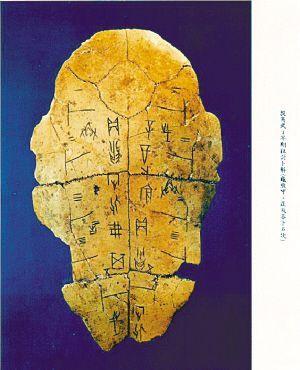 Anyang, located in the north of Henan Province with a history of over 3000 years, is one of the cradles of Chinese civilization. Anyang was the capital of the Shang Dynasty (1600–1046 BC) in the 14th century BC. This is the place where over 150,000 oracle bones were discovered.
Anyang, located in the north of Henan Province with a history of over 3000 years, is one of the cradles of Chinese civilization. Anyang was the capital of the Shang Dynasty (1600–1046 BC) in the 14th century BC. This is the place where over 150,000 oracle bones were discovered.
What to see: Bell Tower, Tianning Temple, and Temple of the City God
7. Kaifeng 开封
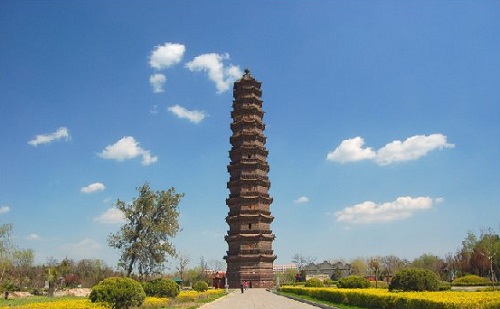 Kaifeng, a city in today’s Henan Province, served as capital for seven feudalist dynasties in Chinese history such as Wei Kingdom, Northern Song Dynasty and the Jin Dynasty. The prosperity of ancient Kaifeng is vividly presented in a classical painting, “River Scene at Qingming Festival.”
Kaifeng, a city in today’s Henan Province, served as capital for seven feudalist dynasties in Chinese history such as Wei Kingdom, Northern Song Dynasty and the Jin Dynasty. The prosperity of ancient Kaifeng is vividly presented in a classical painting, “River Scene at Qingming Festival.”
What to see: Dragon Pavilion, Iron Pagoda, Xiangguo Monastery
8. Zhengzhou 郑州
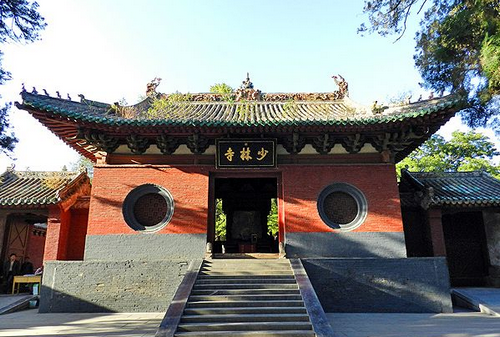 Zhengzhou, the capital city of Henan Province at present, has a history of more than 3500 years. It was the capital during the Shang Dynasty (1600–1046 BC), though few traces of its 3,000-year history remain.
Zhengzhou, the capital city of Henan Province at present, has a history of more than 3500 years. It was the capital during the Shang Dynasty (1600–1046 BC), though few traces of its 3,000-year history remain.
What to see: Shaolin Temple, Shang Dynasty Ruins, Yellow River Scenic Area
9. Datong 大同
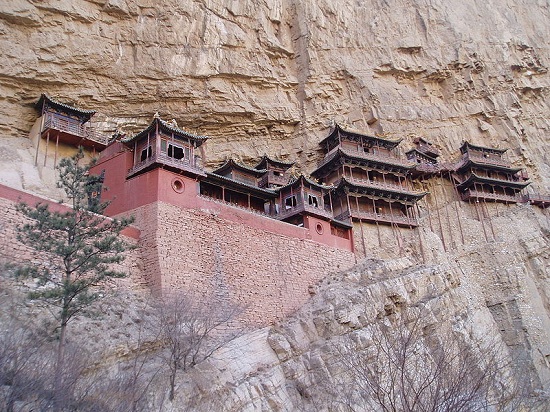 Datong, in today’s Shanxi Province, is one of Chinese historical capitals. Datong was the capital during the Northern Wei Dynasty until AD 494. The city saw trade; agriculture and Buddhism flourish during that time.
Datong, in today’s Shanxi Province, is one of Chinese historical capitals. Datong was the capital during the Northern Wei Dynasty until AD 494. The city saw trade; agriculture and Buddhism flourish during that time.
What to see: Yungang Grottoes, Mount Hengshan, Hanging Monastery, Datong Nine Dragon Screen Wall
10. Xianyang 咸阳
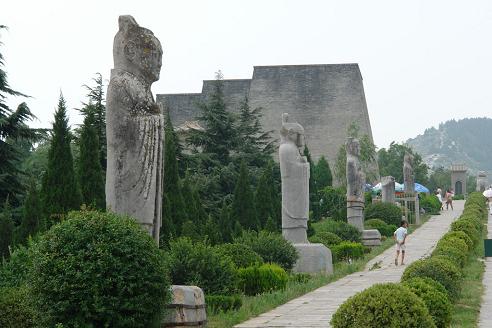 Bordering the provincial capital city, Xi’an, Xianyang is one of the famous Chinese ancient capitals. In 250BC, Emperor Xiaogong of the Qin State moved its capital to Xianyang. Yingzheng unified the six states and built up the first multi-national feudal regime in the city.
Bordering the provincial capital city, Xi’an, Xianyang is one of the famous Chinese ancient capitals. In 250BC, Emperor Xiaogong of the Qin State moved its capital to Xianyang. Yingzheng unified the six states and built up the first multi-national feudal regime in the city.
What to see: Qian Mausoleum, Maoling Mausoleum, Zhaoling Mausoleum, Great Buddha Temple


Been wanting to go to Forbidden city..I wonder why its called as such .. Quite interesting..China should be in our itinerary next year..